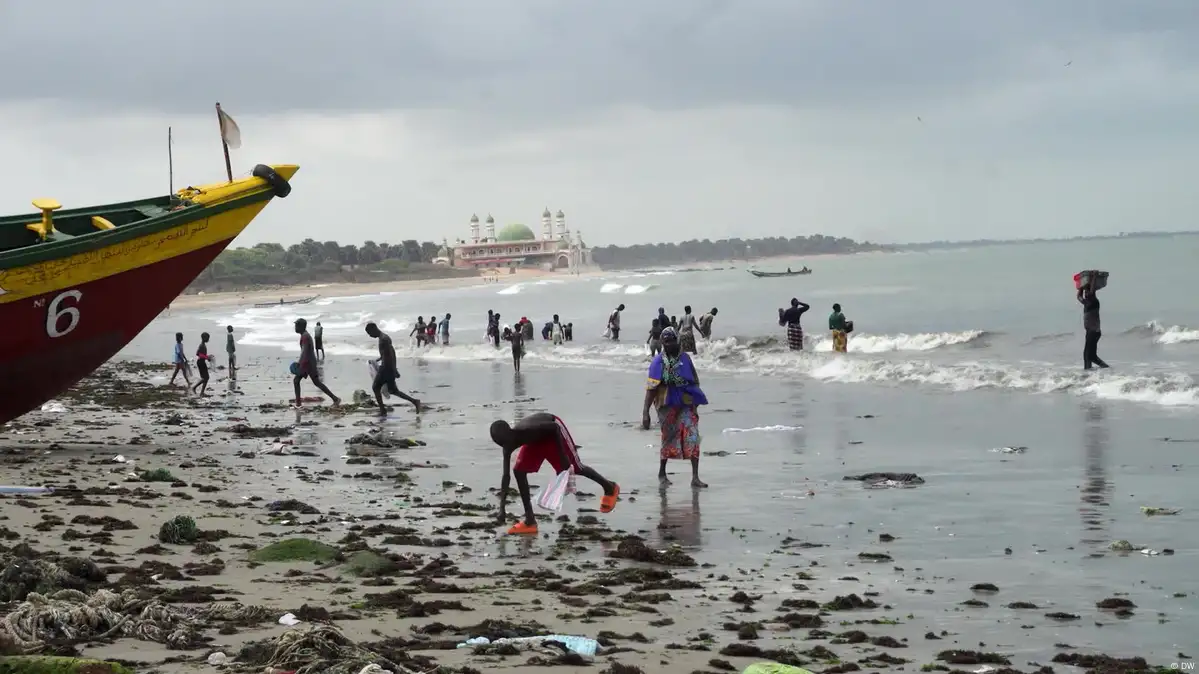In the coastal town of Gunjur, The Gambia, fishermen haul in their catch under a blazing sun—but their nets are often lighter than expected. Much of the fish now ends up at a Chinese-owned fishmeal factory nearby, opened in 2016 with promises of jobs and development. And that’s not all. The factory’s environmental toll has been steep. Activist Lamin Jassey points to polluted waters and dying marine life, linking these changes directly to the factory’s operations. Once teeming with birds and crabs, the coastline now bears the scars of chemical discharge and ecological disruption.
Restoring Balance: Community-Led Conservation Efforts
Despite the damage, hope is alive in Gunjur. Local environmentalists have formed the Gunjur Conservationists and Ecotourism Association,launching initiatives like the Indigenous Nursery Project. This effort focuses on replanting native Gambian trees with medicinal, economic, and cultural value. With over 700 hectares of tree cover lost in the past 25 years, largely due to wildfires and land clearing, reforestation is critical. Scientists like Dr. Ebrima Sonko support these grassroots movements, emphasizing the need to balance development with ecological preservation—especially as land developers rapidly expand across the country.
One of the most vulnerable parts of Gunjur’s ecosystem is its shoreline, home to endangered green sea turtles. These creatures face threats from both environmental degradation and human interference. To protect them, marine conservationist Cherno Yum Jadama and his team have created a hatchling tank to study and safely grow young turtles before releasing them. They also collect vital data on water quality and fish distribution to inform policy decisions. As Lamin Jassey says, the future of Gunjur’s environment depends on the commitment of its people. Their efforts show that even in the face of industrial pressure, community-driven conservation can lead the way forward.
This video summary was created by AI from the original DW script. It was edited by a journalist before publication.
